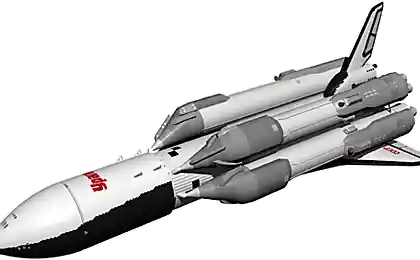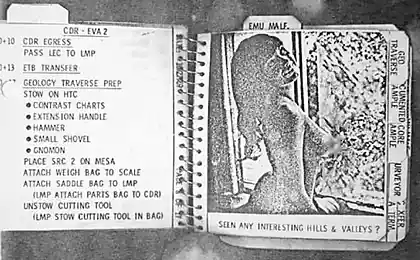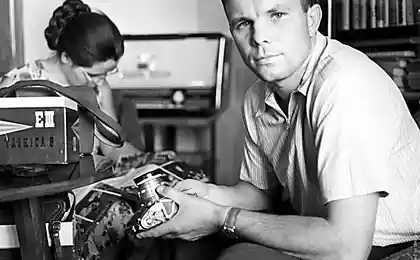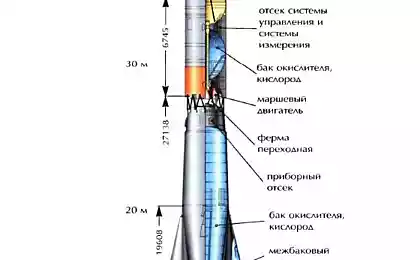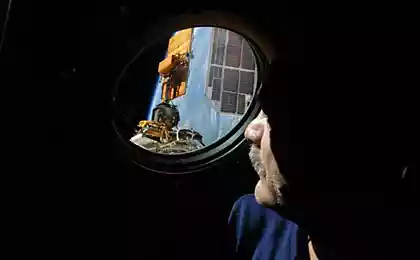693
The UPS and downs of the global space industry in 2014

For space this year has been very difficult. Triumph and terrible tragedy, the output space research to new horizons, new technologies — all of this in 2014 the world moved the space program forward. This year is coming to an end, and perhaps this is the best time in order to draw some conclusions and to remember what he was doing humanity over the past 12 months.
Landing on a comet

For a long time it was believed that the complexity of landing on the moon is similar to the possibility of collision of two bullets, but in August this year, the European space Agency is actually complicated, this "trick" is, forcing the "two bullets to collide and not damaging anything in its path". The spacecraft "Rosetta", the years spent in hibernation, finally woke up and sent to the surface flying past the comet 67P/Churyumov — Gerasimenko, the space probe.
On 18 November the lander "Fily" the size of a washing machine became the first in the history of mankind spacecraft landing on a comet. Unfortunately, during the landing module on the comet broke down in the mounting mechanism, with the result that the module "FILA" several times, then touched, then moved away from the surface of the comet, but in the end could "dock". Despite the universal joy, to rejoice, as it turned out after about 60 hours after planting it was before. The fact that the lander sat in a darkened area of the comet where the lack of sunlight does not allow solar panels module to receive enough light to generate power. As a result of this module it was decided to put in hibernate mode. ESA hope that he can again "come to life" in a few months when the comet 67P will be closer to the Sun.
The Launch Of "Orion"
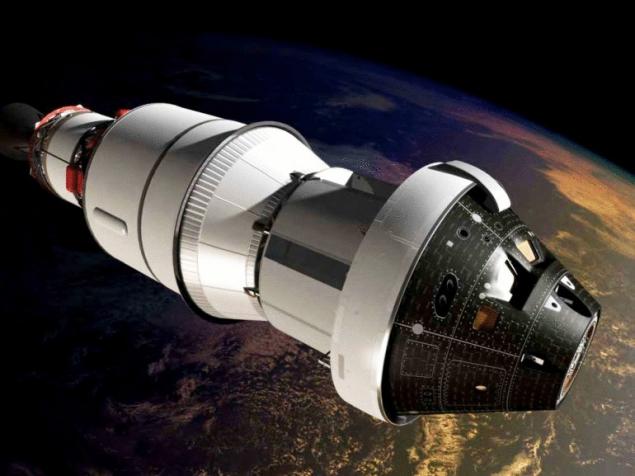
While were all still reeling from the news about the module "FILA", space Agency NASA, meanwhile, has carried out the first space mission, EFT-1, a new spacecraft "Orion". The launch of Orion aboard a heavy launch vehicle Delta-4 was performed on December 5 from launch complex 37 at a U.S. air force base at Cape Canaveral. The spacecraft spent in earth orbit is 4 hours 30 minutes. Capsule and attached to it the layout of the service module was removed from our planet at a distance of 5800 kilometres. During the re-entry speed "Orion" was 32 000 km/h, while its protective screens had to cope with temperatures of 2200 degrees Celsius.
The first launch of Orion was unmanned. It was implemented for testing of all navigation systems and heat shield apparatus that would be most useful for the main mission module — riding on the rocket Space Launch System (SLS) that will take Orion into space and send a module to the moon.
Reusable rocket from SpaceX

Not to be outdone by the national space agencies, private company SpaceX, owned by Elon musk, decided for the first time in the history of the space industry to make a soft landing of the booster module of the rocket due to its own engines.
In April this year, the space mission CRS-3 cargo delivery to the International space station. Unremarkable at first glance, the next supply of food came in a very interesting way. After the carrier rocket Falcon 9 launched into space cargo capsule Dragon, which in turn successfully reached the ISS, the first stage of the rocket, as always, the ball should fall somewhere in the Atlantic ocean. However, the ambitious plan Mask was designed to gently plant the first stage of the rocket on the water surface due to their own engines. Musk wants to create a rocket that could be used again after refueling.
We should say that the first test landing of the new missile was not entirely successful, and the Falcon fell apart. However, the engineers at SpaceX still managed to get video and telemetry readings up to this point. The data obtained will allow the necessary improvements and bring the SpaceX rocket to a new level. After this incident, the company completed two landings, the third is scheduled for January 6 next year.
India Mars

Exclusive club of space explorers have added in 2014 a new member, after the spacecraft Mars Orbiter Mission (MOM) reached in September of this year to orbit the red planet. Notably this space mission aimed at the demonstration of their technology, is that India has not actually suitable to send to Mars spacecraft. How did she do it? To fulfill this mission, the Indian space research organization (ISRO) used a series of complex orbital maneuvers around the Earth, enough to accelerate spacecraft and send it on a trajectory to Mars. This training took more than a year. Within this time, the camera was rotating around the Earth, but once they could the right speed to go to the red planet and still achieve it.
The awakening of the "New horizons"

In space industry 2014 also was notable for the resumption of the space mission, whose task is to first visit the last unexplored planet in our Solar system — at least the space object was a planet at the beginning of this space mission in 2006. Maybe Pluto is now officially classified as a dwarf planet, but this site contains invaluable information about the Kuiper Belt, which apparatus "New horizons" reached in July of this year. After almost 9 years of hibernation to conserve energy reserves automatic interplanetary station "New horizons" woke up in this month. In the next five months space Agency NASA plans to conduct various research mission around Pluto, and then send the spacecraft in the direction of interstellar space.
Angara-A5

23 Dec held a successful launch of new carrier rocket "Angara-A5". Remarkable is the event doing what missiles "Angara" eliminate the use of heavy launch vehicles running on toxic fuel. The new missiles are based on oxygen-kerosene engines, which makes them much cleaner from an environmental point of view.

Another advantage of the carrier rocket of a class "Angara" is its modularity. This means that facilitated their delivery to the launch site and opens the possibility of creating a variety of missiles ranging from light to heavy class. Another important point is that this missile system is able to display in a geostationary orbit the payload from the territory of the Russian Federation (possible variant — the new Vostochny cosmodrome, the construction of which is dense pace). Currently, the carrier rocket "proton" launched only from the Baikonur cosmodrome, located in Kazakhstan. In the end it is also worth noting that the capacity of the rocket "Angara-A7" can reach 35 tons, exceeding the capacity of the carrier rocket "proton".
Disaster

Unfortunately, in 2014, not all cases related to the space projects were planned scenarios. There have been two serious accidents that once again reminded us all that the threat can be not only space, but our attempts to get there. On 28 October this year, the carrier rocket "Antares", owned by Orbital Sciences, on Board of which was a cargo module "Cygnus", is going to deliver for the members of ISS new supplies of food, exploded during takeoff. The exact causes of the disaster are still unclear (there is an investigation), but would specify that the booster used was built in the Soviet era and bought Russian engines, which have undergone a major upgrade and processed in the United States. The unofficial reason is a problem with the jets.
After just three days since the accident "Antares" unpleasant news came from the company Virgin Galactic. Its spacecraft SpaceShipTwo, held a supersonic flight test, exploded in the air, causing one of the pilots of the ship died and the second suffered serious injuries and was taken to the hospital.
In both cases, a formal investigation of the causes of the accidents is still underway.
3D printing in space

The technology of 3D printing gaining popularity, not only on Earth but also beyond — in space. The possibility of creating in the most different cases of things straight into space, without the need for the delivery of these missiles, it is very tempting and promising. It is therefore not surprising that on Board the International space station in this year appeared the first 3D printer that has printed his first instrument. In turn, the European space Agency was so impressed with the work of a 3D printer in space that was going to build with the help of these devices an entire lunar base.
Source: hi-news.ru











